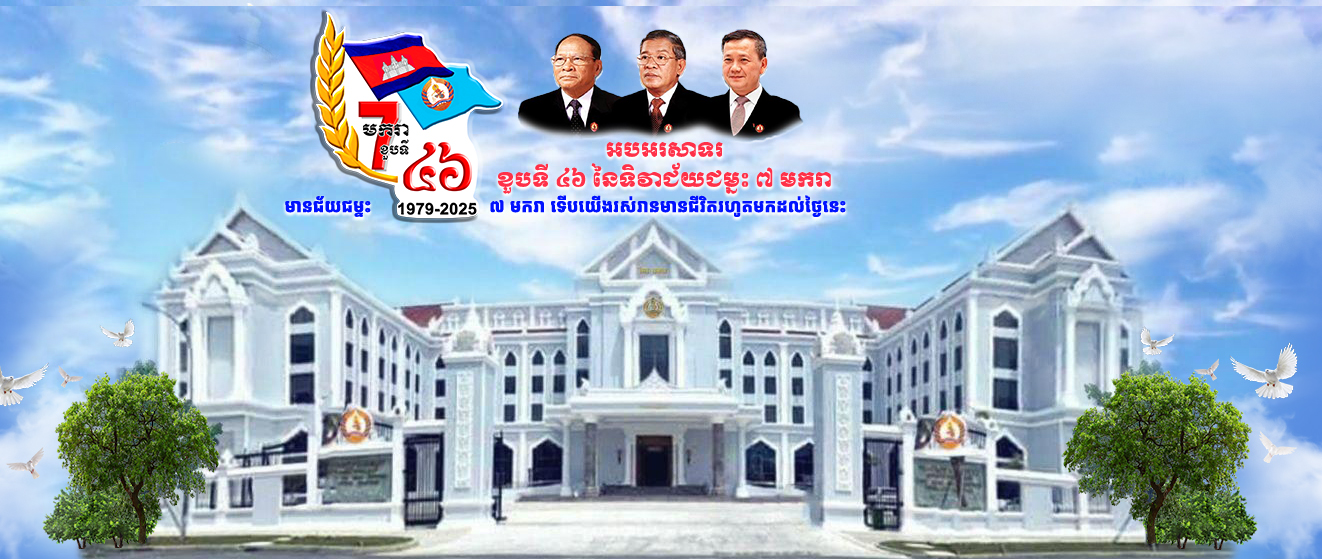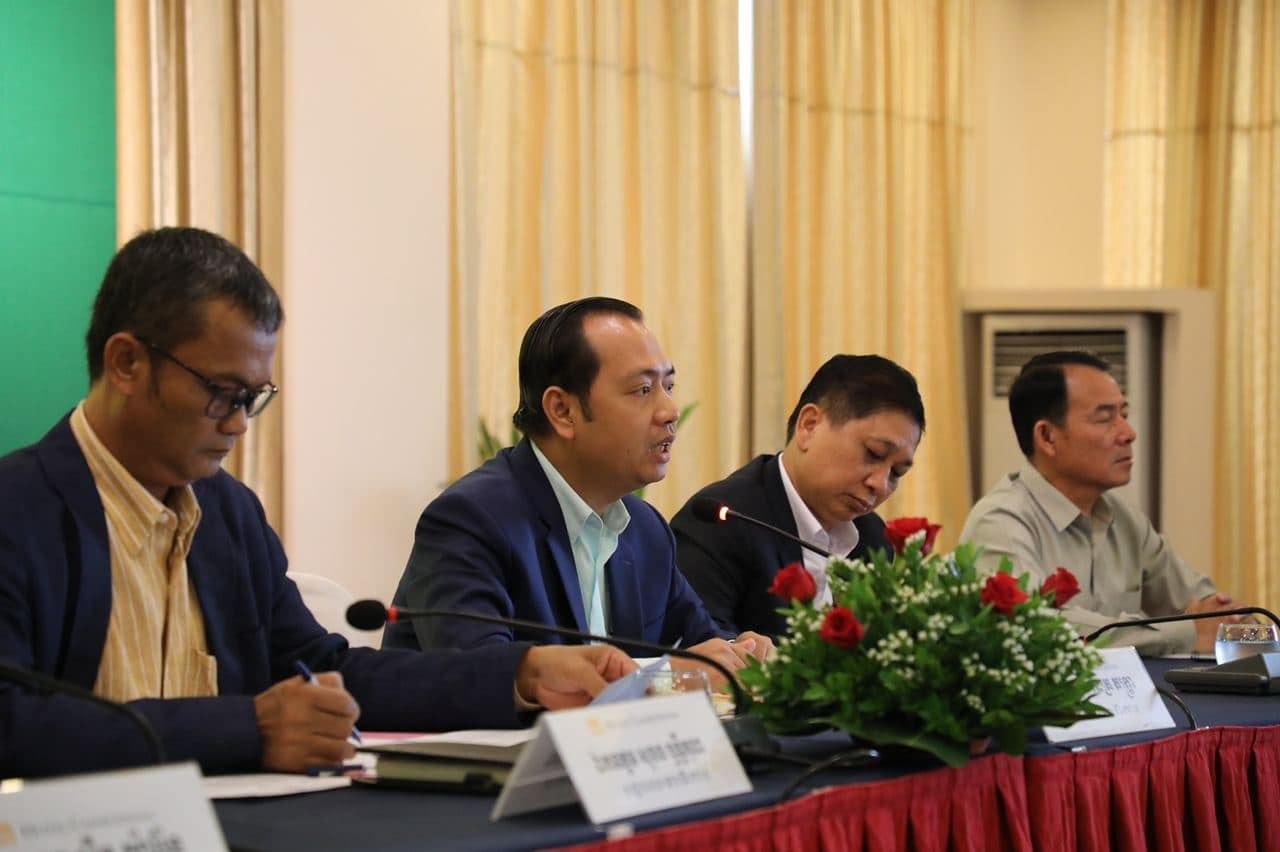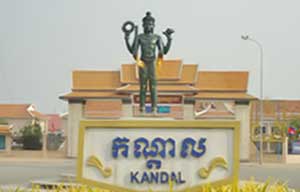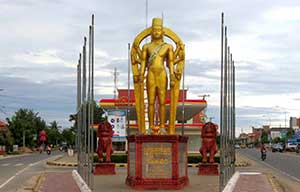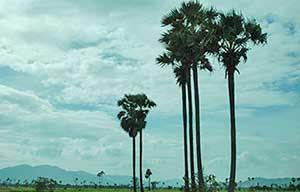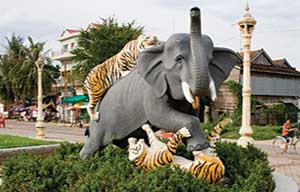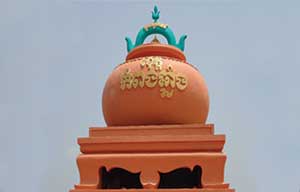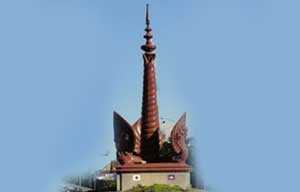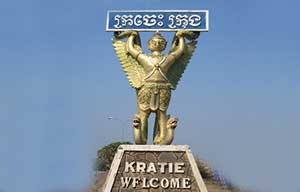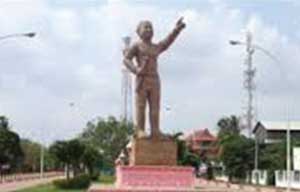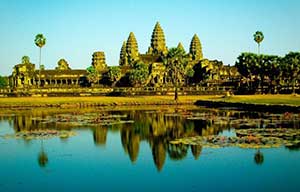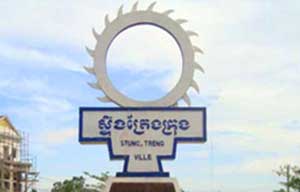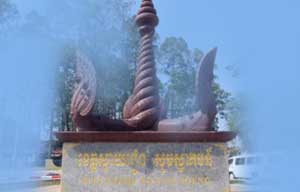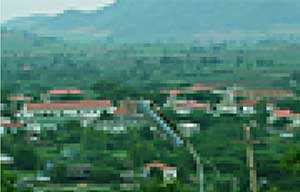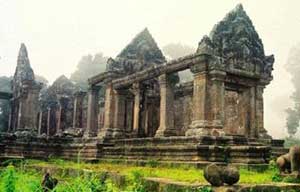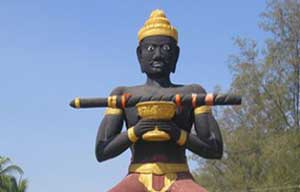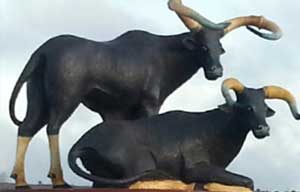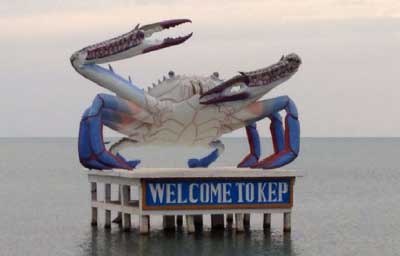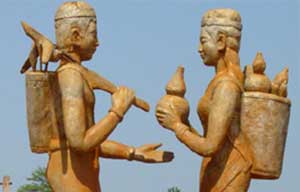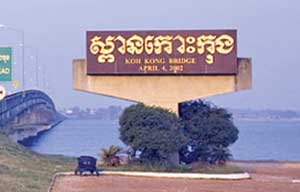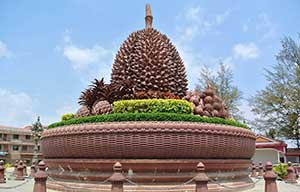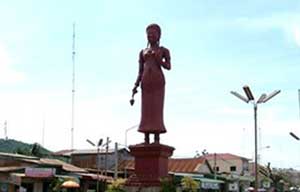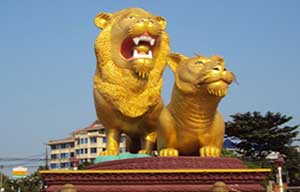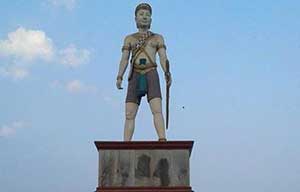The sale of carbon credits enhances Cambodia’s image and prestige on the international stage, underlined here yesterday H.E. Neth Pheaktra, Secretary of State and Spokesman for the Ministry of Environment at a discussion forum organised as part of a Workshop on “Strengthening the Conservation and Management of Protected Area Systems”.
According to the spokesperson, from 2016 to 2020, Cambodia sold US$11.6 million worth of carbon credits in the voluntary market, from three locations: Keo Seima Wildlife Sanctuary, Southern Cardamom National Park and Tatai Wildlife Sanctuary.
The sale of carbon credits shows that Cambodia has well protected and preserved protected areas as well as natural resources, which makes Cambodia a leading country in selling carbon credits.
H.E. Neth Pheaktra also reaffirmed the Ministry of Environment’s commitment to cooperate with park rangers, local authorities and development partners in the protection and conservation of natural resources in a sustainable manner.
In July, H.E. Secretary of State told the Agence Kampuchea Presse (AKP) that Cambodia was working toward selling carbon credits in other areas, such as the Prey Lang Wildlife Sanctuary in Stung Treng province. He said a carbon credit which equals to one tonne of carbon dioxide prevented from entering the atmosphere costs between US$3 and US$6.
“Cambodia has so far sold less than 10 million tonnes of carbon dioxide and we have earned about US$11.6 million. The generated funds have been used to conserve natural resources as well as participate in community development,” he pointed out.
Cambodia has been looking for other partners to buy more carbon credits, he said, adding that the companies that have purchased carbon credits in the voluntary market are Disney, Shell and Gucci.
According to an online source, a carbon credit is a permit that allows the company that holds it to emit a certain amount of carbon dioxide or other greenhouse gases. One credit permits the emission of a mass equal to one tonne of carbon dioxide. Companies that pollute are awarded credits that allow them to continue to pollute up to a certain limit. The ultimate goal of carbon credits is to reduce the emission of greenhouse gases into the atmosphere.
Based on the ministry’s record, Cambodia currently has nearly 70 protected areas and biodiversity corridors, including national parks, wildlife sanctuaries, multi-use areas, Ramsar sites, and other conservation sites covering a total of 7.3 million hectares, or 41 percent of Cambodia’s land area.
The government has deployed some 1,200 rangers to guard those areas.

